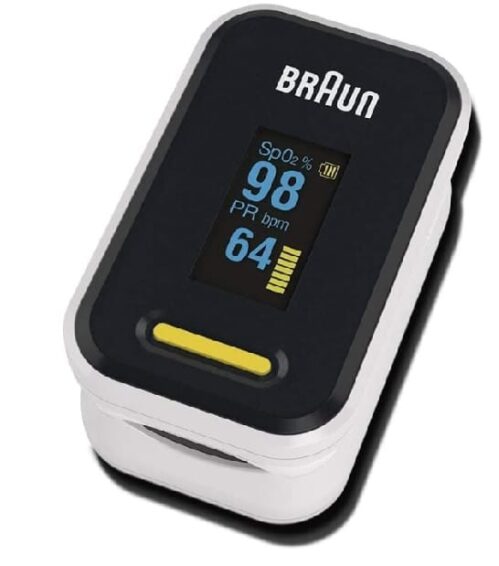Finger pulse oximeters are small and portable devices that measure the oxygen saturation levels in your blood. They’re commonly used by athletes, pilots, and individuals with respiratory conditions to monitor their oxygen levels. With so many options on the market, it can be challenging to know which finger pulse oximeter to buy. In this guide, we’ll break down everything you need to know about choosing the best finger pulse oximeter for your needs.
- Accuracy
The most crucial factor to consider when buying a finger pulse oximeter is accuracy. The device should be able to provide reliable and accurate readings of your oxygen saturation levels. Look for a device with a margin of error of no more than 2%.
- Display
The display is another important factor to consider when buying a finger pulse oximeter. The display should be easy to read and provide clear readings of your oxygen saturation levels. A color display can be helpful in distinguishing between different levels of oxygen saturation.
- Battery Life
Since finger pulse oximeters are portable devices, battery life is an essential consideration. Look for a device with a long-lasting battery that can last up to 8 hours on a single charge. Some devices come with rechargeable batteries, while others use disposable batteries.
- Size and Portability
Finger pulse oximeters come in different sizes, and it’s essential to consider the size and portability of the device. A smaller device is more portable and easier to carry around, but it may have a smaller display. A larger device may have a larger display but may be less portable.
- Durability
Finger pulse oximeters are often used in rugged environments, and it’s essential to choose a device that is durable and can withstand wear and tear. Look for a device with a sturdy casing that can protect the device from drops and impacts.
- Brand and Price
The brand and price of a finger pulse oximeter can also be important factors to consider. While there are many affordable options on the market, it’s worth investing in a high-quality device from a reputable brand. A higher-priced device may offer more advanced features, such as data logging or Bluetooth connectivity.
- Additional Features
Some finger pulse oximeters come with additional features, such as data logging, Bluetooth connectivity, or alarms. Data logging allows you to track and monitor your oxygen saturation levels over time, while Bluetooth connectivity allows you to connect the device to your smartphone or tablet for easy data tracking. Alarms can alert you when your oxygen saturation levels fall below a certain level.
Conclusion
When it comes to buying a finger pulse oximeter, accuracy, display, battery life, size and portability, durability, brand and price, and additional features are essential factors to consider. With the right finger pulse oximeter, you’ll be able to monitor your oxygen saturation levels accurately and conveniently. Remember to choose a device that is easy to use, reliable, and meets your specific needs.







